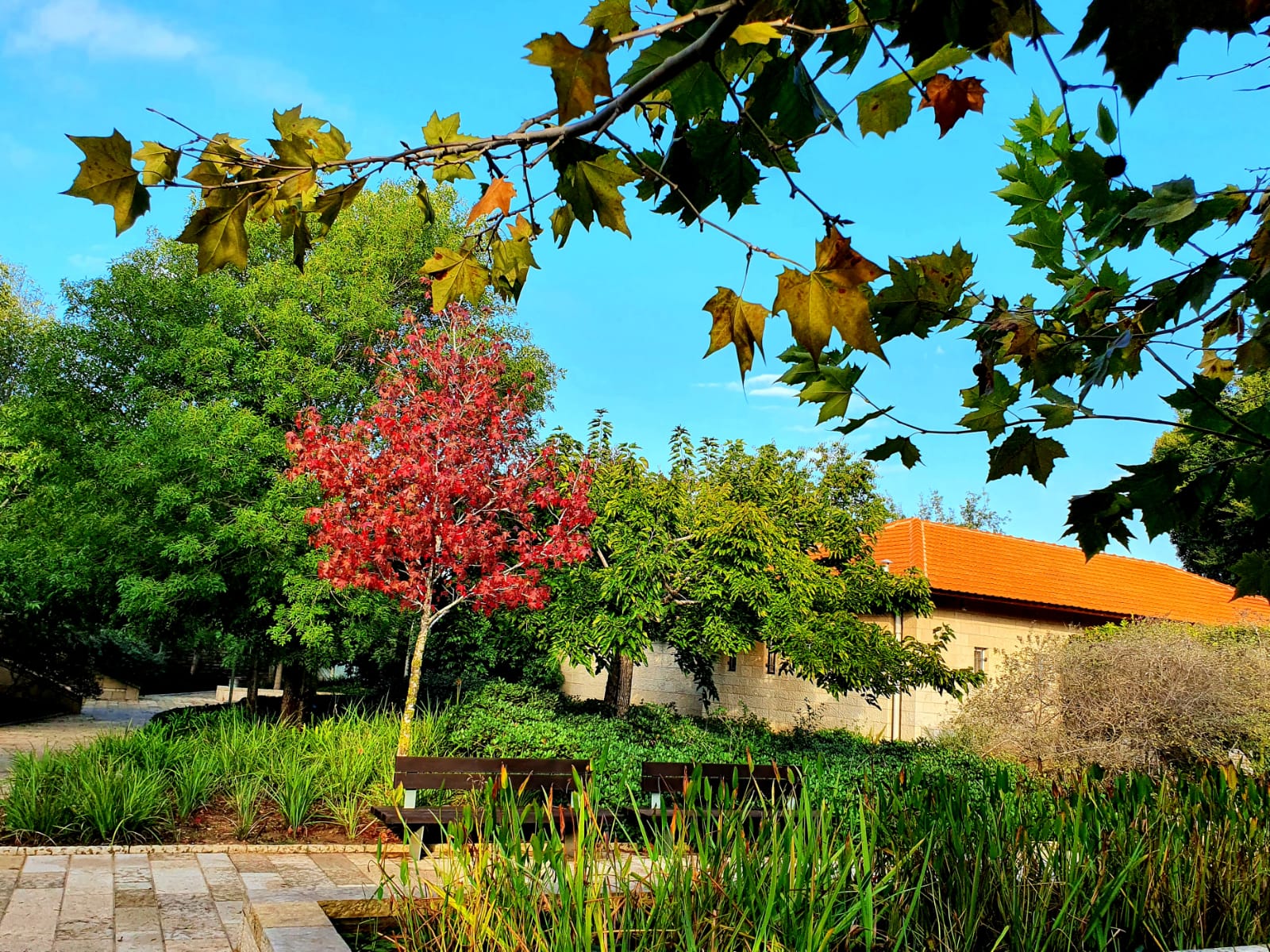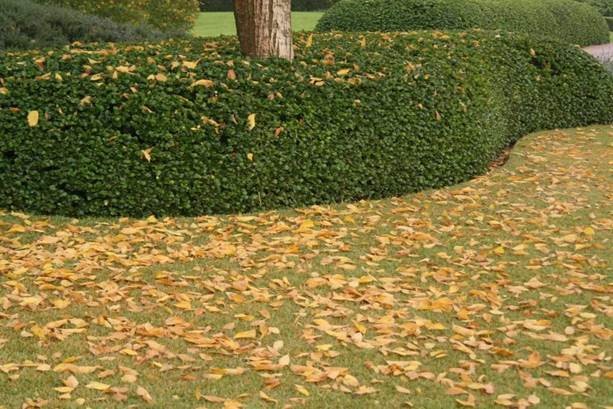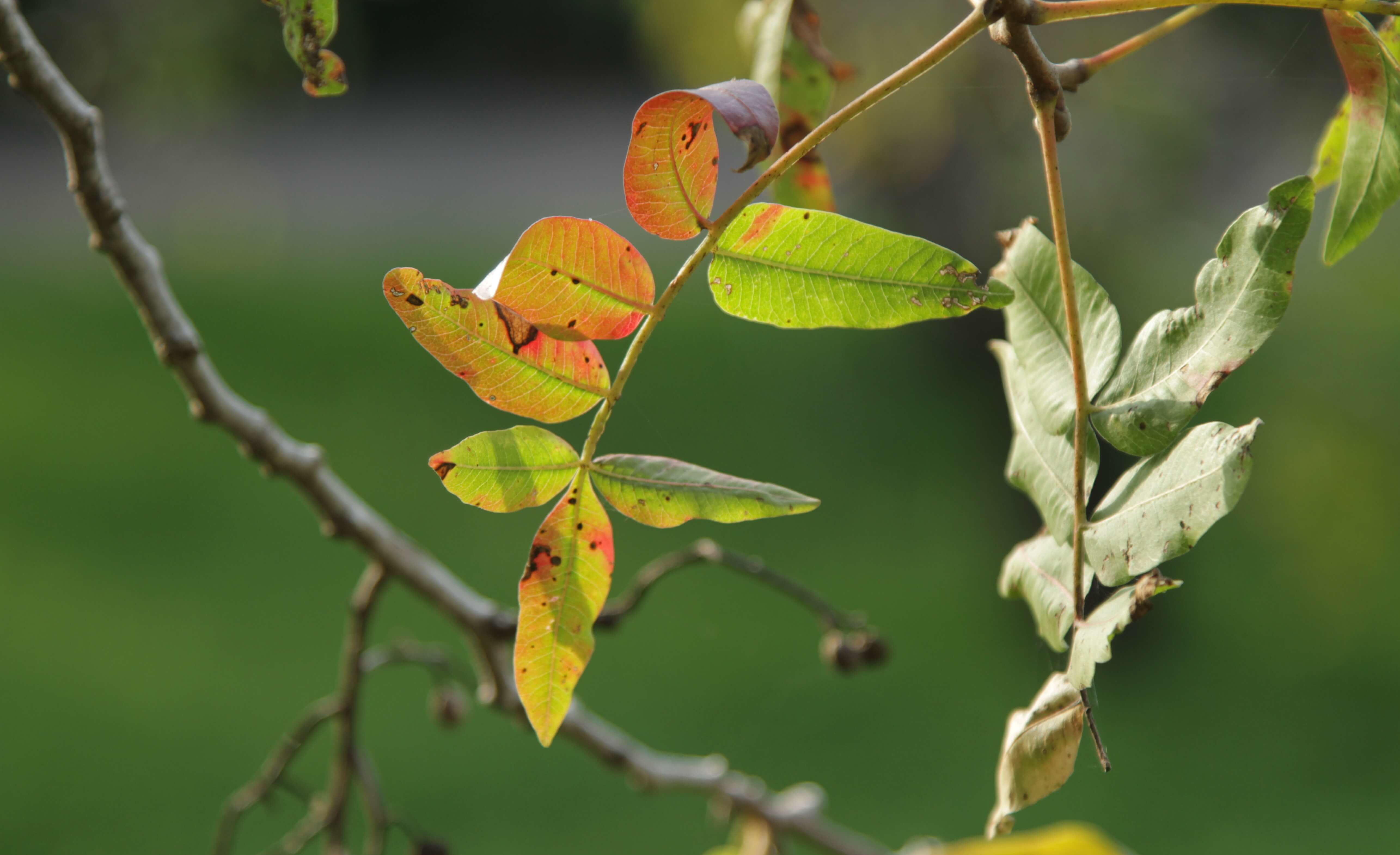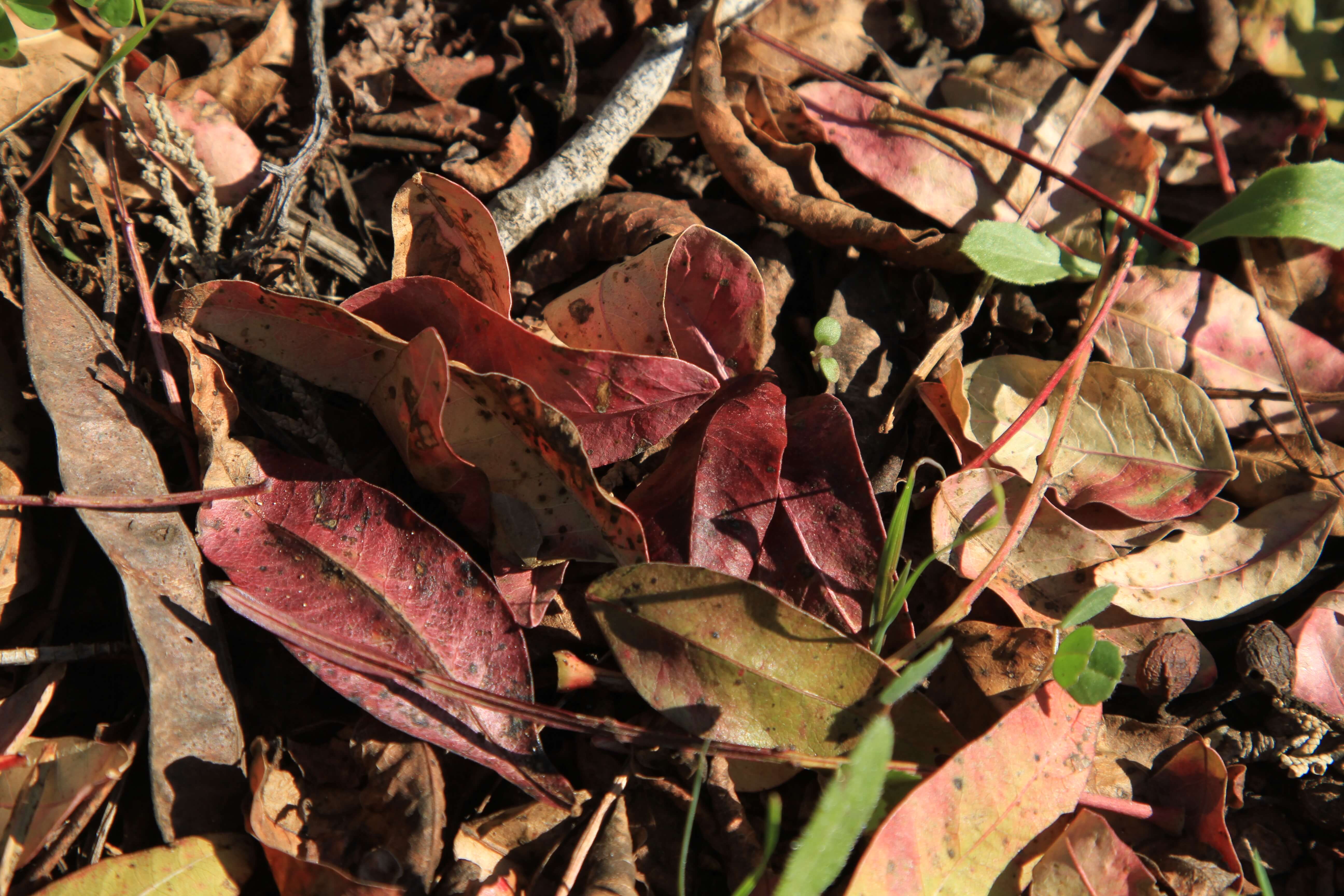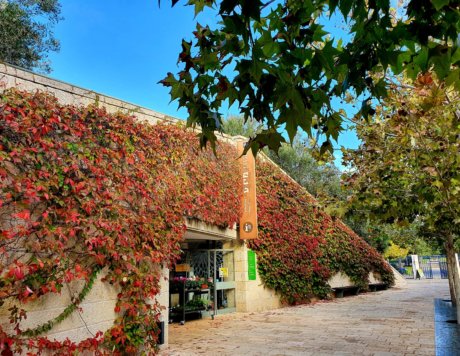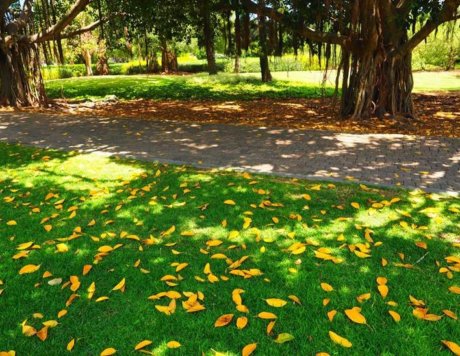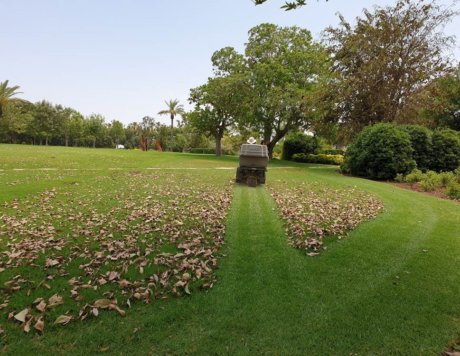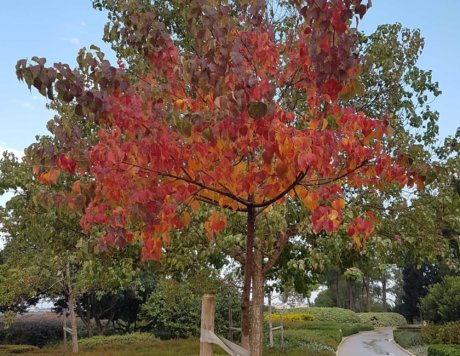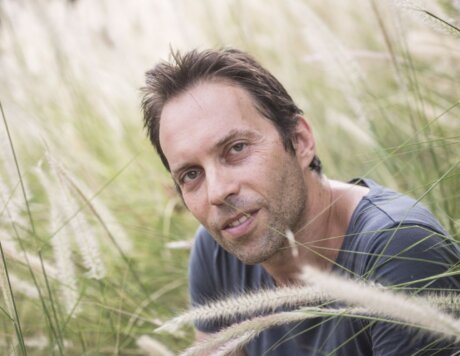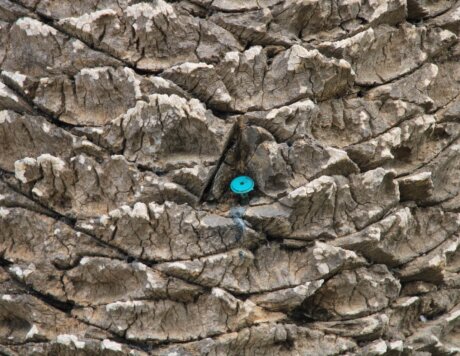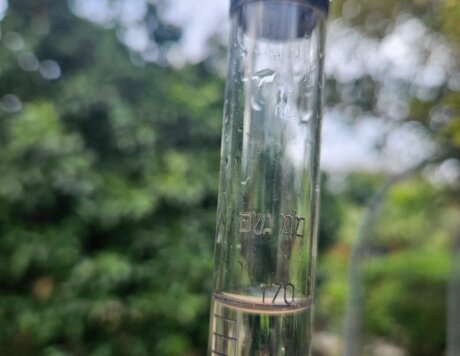How are the autumn colours created?
The leaves contain yellow, orange and red molecules that protect them from the sun’s radiation. In the spring and summer they are covered in chlorophyll, which absorbs the sun’s energy, and colours them green. In the autumn, the deciduous trees begin to slow down their activity and enter hibernation. The chlorophyll in the leaf breaks down, and the other colours are exposed to the eye.
The soil enjoys a layer of leaves
Slowly, slowly, the leaves detach from the tree, fall to the ground and cover it in a colourful layer that protects it from evaporation and dehydration, and keeps it moist. Small animals also enjoy this layer of leaves, which provides them with a source of food, as well as protection from the sun, dehydration and predators.


